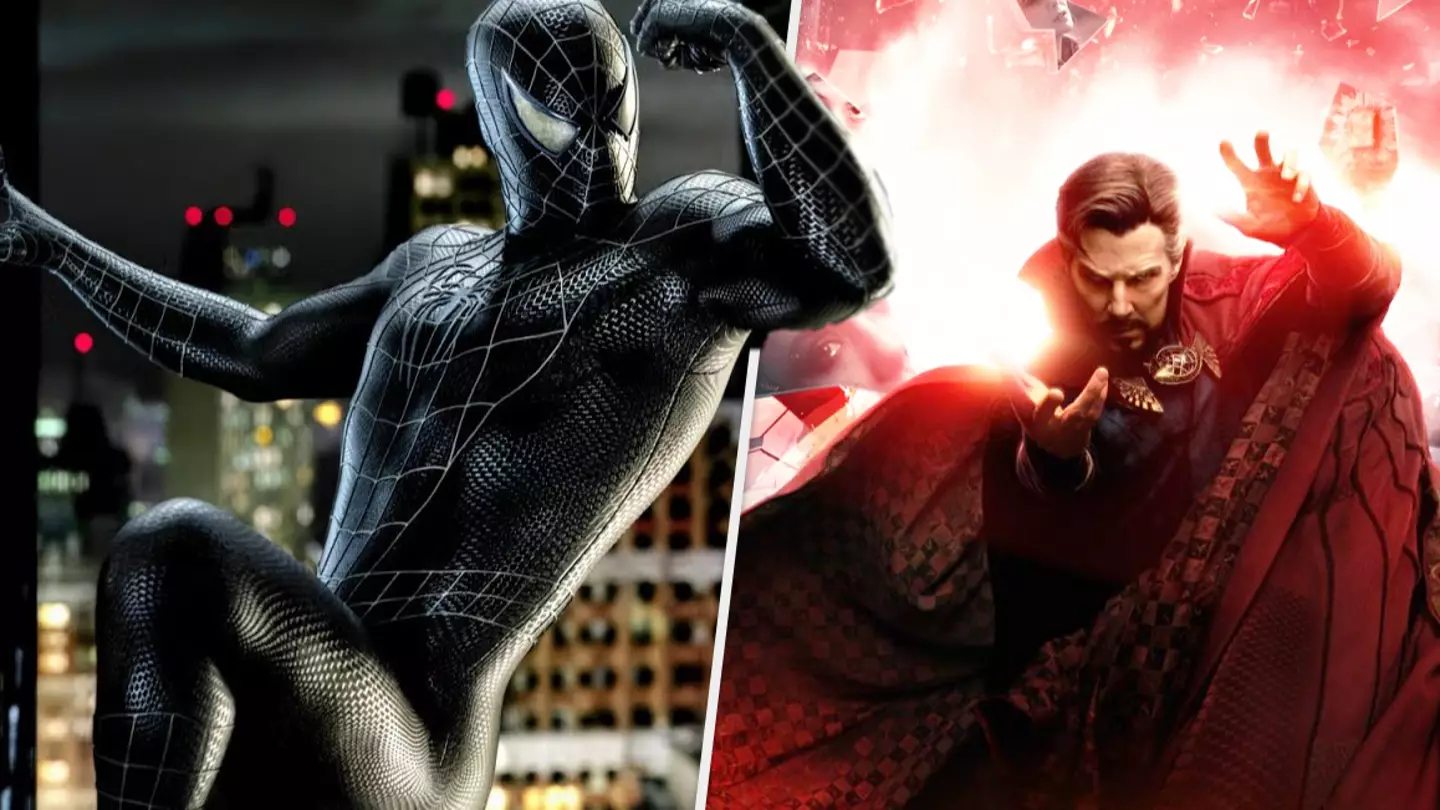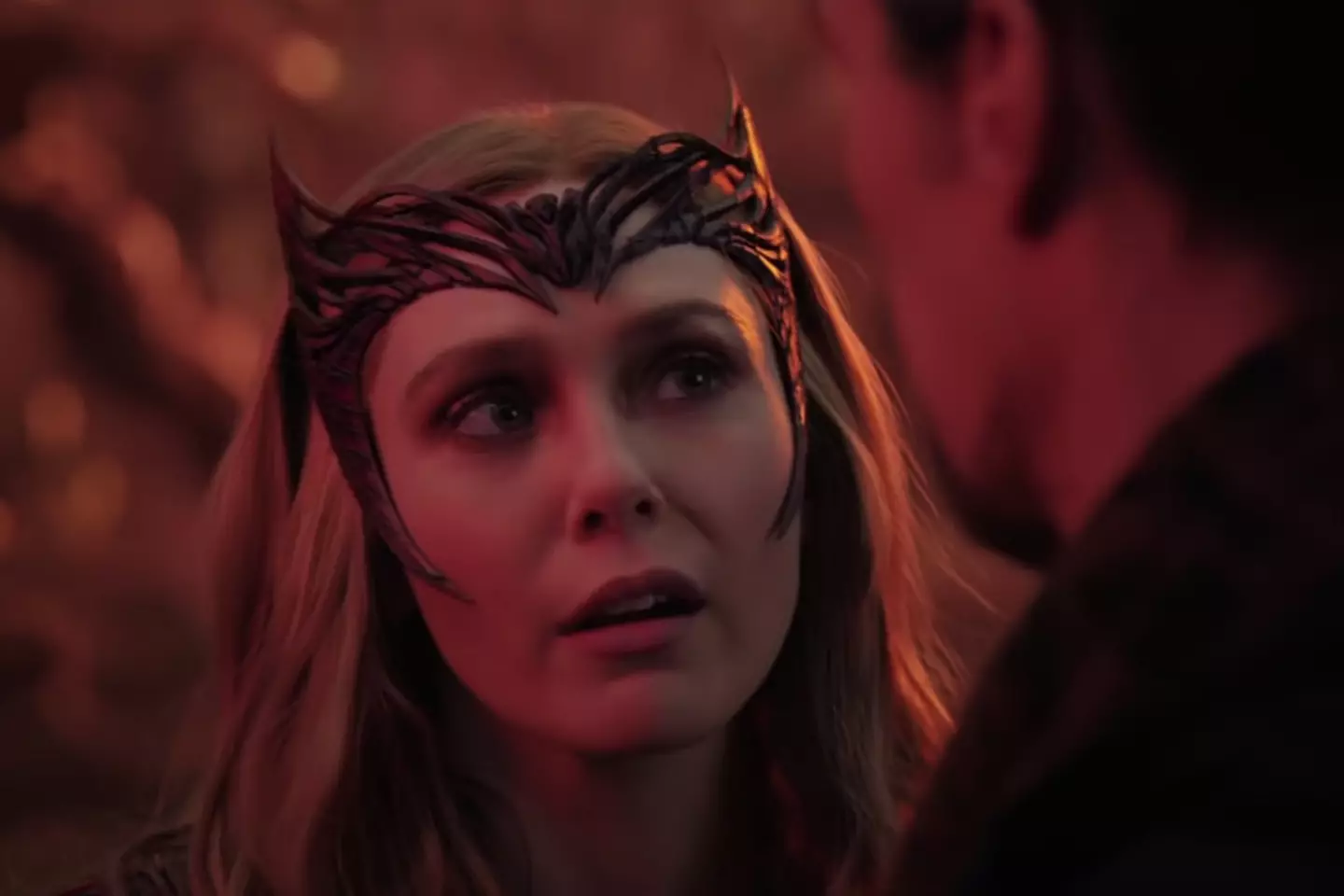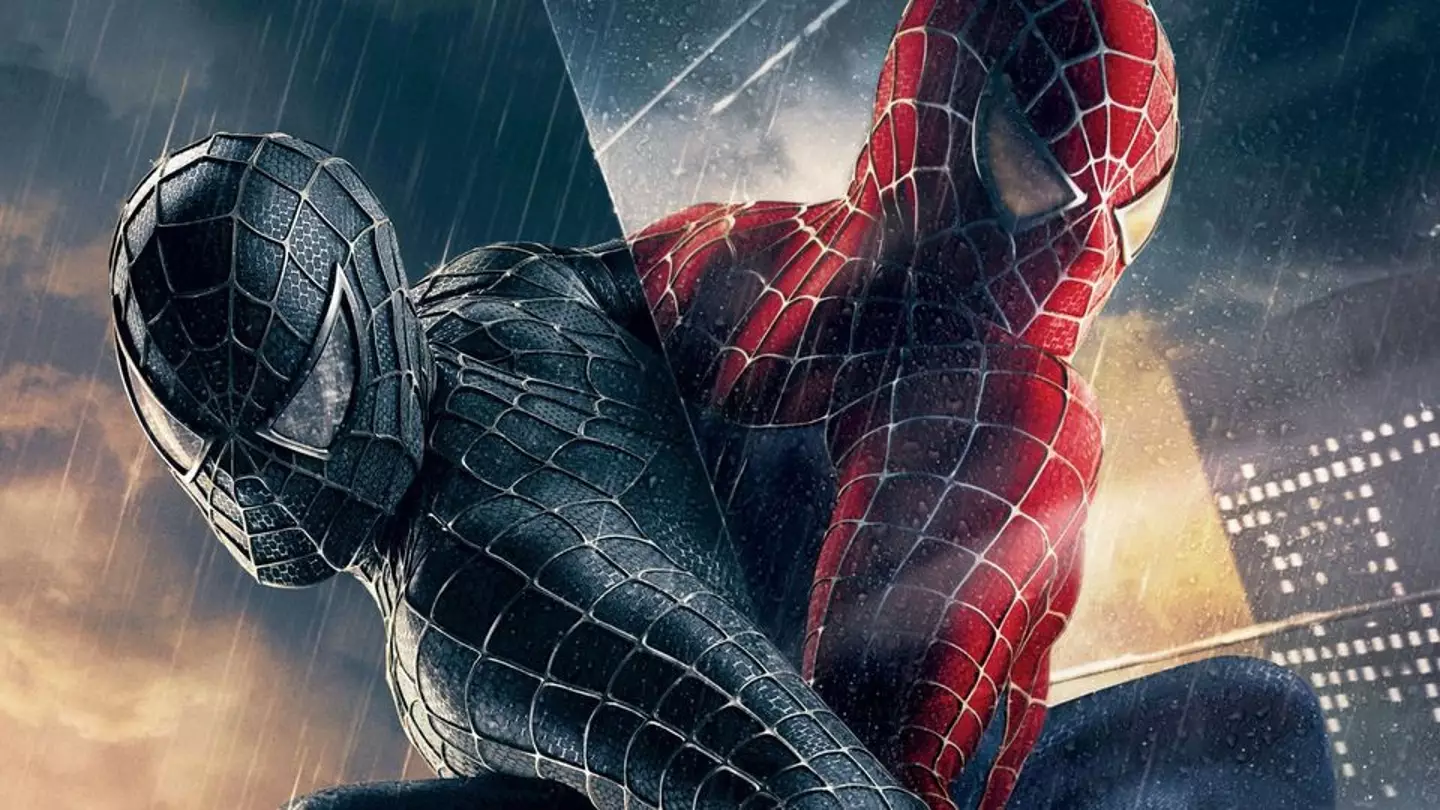
Sam Raimi’s contribution to superhero cinema cannot be understated.
It may not have been perfect, but his Spider-Man trilogy paved the way for the Marvel Cinematic Universe as we know it. Raimi cast aside black leather and gritty action in favour of bright, colourful adventures that fully embraced the source material and glorious silliness inherent in the very best comic books. There’s simply no universe in which you see Star Lord fighting Thanos on Titan without Tobey Maguire’s Peter Parker first learning that with great power must also come great responsibility.
Raimi has now returned to the world of superheroes, well over a decade after the release of Spider-Man 3 and the unfortunate collapse of his fourth Spider-Man movie. In a wonderful full-circle moment, he’s making his MCU debut in Doctor Strange In The Multiverse Of Madness - possibly the most important MCU entry since Avengers Endgame in terms of where it’ll take the shared universe. What tempted Raimi to return after all this time? And why Doctor Strange?
Advert
“I took some time off directing because I wanted to absorb a little bit of life. Raise my kids and tend my garden,” Raimi says over Zoom. “I've been producing movies in the interim, studying the directors that I've been producing. Learning lessons from them.
“It wasn't that I was looking to make a superhero movie! Marvel called and asked if I was available to direct this particular picture. And I really love the first Doctor Strange. I thought that Benedict Cumberbatch had really created a great character, and I thought, ‘that's a character that has somewhere to grow to. And I think I could bring something to that’. So I said yes!”
Doctor Strange In The Multiverse Of Madness picks up after the events of Spider-Man: No Way Home, and sees the good Doctor embark on a perilous journey through multiple realities. The multiverse as a concept is something that Marvel has slowly been building towards over the last few years, and it seems clear that it’s going to become a major part of the MCU’s plans going forward, but this is our first proper descent into the aforementioned madness.

“It was never my goal, really, to put my visual stamp on anything,” Raimi explains of the challenge of building multiple worlds that all feel unique. “It was simply to give the audience the experience of what it might be like seeing another universe. And another. And another.
Advert
“That came down to defining what each universe must feel like visually, sonically, the art direction, the performances. It came to a creative act of being finite in our definition of our universe, and then establishing where the next universe might begin - and within all those fields it became a question of definition. And I used all the brains of all my great department heads from photography to production design and sound to help delineate one universe from another.”
One of the ways each universe feels unique is in its very own Strange variants. But where No Way Home played with fans by having Andrew Garfield and Tobey Maguire reprise their roles as different versions of Tom Holland’s Spidey, Cumberbatch gets to play multiple takes on the same character. How did Raimi and Cumberbatch go about building these variants?
“The really cool thing about Benedict is that he recognises that the most interesting thing about seeing an altered version of oneself, is changing just the slightest piece of that character,” Raimi tells me.
“Because in that way, you're really able to see what you might have become, if things were slightly different. Or if you had followed a better instinct, how your life may have turned out, It's not always the exact opposite. It's sometimes just a very subtle variation that can be the most interesting contrast.”

Cumberbatch is also joined by the always-excellent Elizabeth Olsen, who will once again reprise her role as Wanda Maximoff. Last year’s Disney Plus series WandaVision allowed the former Avenger to explore new layers - something In The Multiverse Of Madness looks to expand on in heartbreaking fashion.
Advert
“Elizabeth really had already formed this character quite fully,” Raimi teases. “So it was more about confronting her character with interesting conflicts that would cause her to either retreat, as the conflicts may overwhelm her, or grow.
“My job as director was more about helping orchestrate that type of interaction, versus developing the character, which she had already done. It was also about showing her a mirror, via versions of her character in the multiverse, so that she might reflect back on who she was and retreat or grow from that reflection.”
With multiple versions of familiar characters, giant monsters from other worlds, and utterly unknowable threats all looming, Doctor Strange In The Multiverse Of Madness is shaping up to be the scariest Marvel movie yet. Certainly, in the hands of an acclaimed horror director like Sam Raimi, it could easily lean into the sheer terror of the concept. Raimi insists that terror was never really his intention, but we’ve all seen the hospital scene in Spider-Man 2. How did he balance his horror sensibilities this time around?
“If I was really going after the goal of terrifying the audience and shaking them to the core, I probably would have encountered some limitations working with Disney and Marvel,” he explains.
Advert
“But because I was really trying to bring forth a world that they had already established that had set a tone, my job was more to continue that tone. But I never found that I had to dial back, because I was always going for a more acceptable version of horror. Something that was spooky and fun, scary, but never trying to rock the audience to the core.”
If it sounds like there’s a lot going in The Multiverse Of Madness… well, that’s probably because there is. Marvel movies are increasingly becoming tricky balancing acts that need to juggle multiple characters and plots all while serving a larger story. It’s no secret that Raimi’s Spider-Man 3 fell apart under the weight of much less than an entire multiverse - how has he changed his approach after all these years?
Raimi puts it down to Doctor Strange screenwriter Michael Waldron (Rick & Morty, Loki) for providing a tight script, while also claiming that it was his own failures that ultimately let Spider-Man 3 down.

“[Waldron] really did balance all of these elements in quite a brilliant way,” Raimi says. “So I guess it turns out that in a movie like Spider-Man 3, it's not really the amount of elements - it's how poorly they were handled by me. And I think in this case, Michael Waldron took just as many - or more - elements and balanced them quite efficiently.”
Advert
As humble as Raimi is, there’s no mistaking his own influence in The Multiverse Of Madness. While I’ve only seen the first 20 minutes so far, the filmmaker has clearly filled this latest Marvel adventure with his own love for 60’s comic books, heart-on-sleeve action, and thrilling moments of horror. It’s a joy to have him back in the Marvel multiverse, and I don’t think I’m alone in hoping that the Doctor Strange sequel is the first of many Raimi-directed MCU projects to come.
“Absolutely,” Raimi responds enthusiastically as I ask him if he’d return to the MCU. “For me, it’s about having the right creative team and a good story. I think as long as Kevin Feige was producing again, any of the Marvel characters would work for me, because he's somebody that really cares about the fans and the integrity of the characters themselves.
“And I think under those conditions, working with a producer like that, almost any of the great Marvel characters would work.”
Doctor Strange In The Multiverse Of Madness will be released in UK cinemas on May 5.
Featured Image Credit: Marvel Studios / Sony PicturesTopics: Marvel, Spider Man, Disney, TV And Film
